Who is John Beddington ?
Let me give you a little back ground to this man and why we should all know his name.
Sir John Rex Beddington, CMG, FRS. (born 13 October 1945)is Professor of Applied Population Biology at Imperial College London and until last year (2013) was the UK Government Chief scientific Adviser.
Employed by Gordon Brown was awarded The prestigious Heidelberg Award for Environmental Excellence for his contributions into Fish Conservation and Management. Recently he was Adviser to the House of Lords Sub-committee on Fish Conservation and Management.
Whilst in the position of Government Chief scientific Adviser he advised the government on the Swine Flu outbreak in 2009, in 2010 the Volcanic Ash incident, and the emergency at the Fukushima nuclear power plant in 2011.
So all in all he is pretty up there as far as being in the know and I would say what he has to say is quiet important. (Unless you are a conspiracy type on either side). This is a report I came across that proved some very uncomfortable reading and for all his specialised knowledge I think this is why we should know who this man is and should be listening to what he is saying….
FOOD, ENERGY, WATER AND THE CLIMATE : A PERFECT STORM OF GLOBAL EVENTS?
By John Beddington CMG FRS
Chief Scientific Adviser to HM Government
Government Office For Science
Kingsgate House
66-74 Victoria street
London
SW1E 6SW
mpst.beddington@bis.gsi.gov.uk
SUMMARY
There is an intrinsic link between the challenge we face to ensure food security through the 21st century and other global issues, most notably climate change, population growth and the need to sustainably manage the worlds rapidly growing demand for energy and water. It is predicted that by 2030 the world will need to produce 50% more food and energy, together with 30% more available fresh water, whilst mitigating and adapting to climate change. This threatens to create a “perfect storm” of global events. Science and technology can make a major contribution, by providing practical solutions. Securing this contribution requires that high priority be attached both to research and to facilitating the real word deployment if existing and emergent technologies. On food, we need a new, “greener revolution”. Techniques and technologies from many disciplines, ranging from biotechnology and engineering to newer fields such as nanotechnology, will be needed. On water, managing and balancing supply and demand for water across sectors requires a range of policy and technology solutions. Meeting the demand for energy, while mitigating and adapting to climate change, will require a mix of behavioural change and technological solutions.
THE DRIVERS BEHIND THE PERFECT STORM SCENARIO
Background
After 20 years if low food commodity prices, the price shock of 2007/08 brought agriculture, food production and food security sharply back into thelimelight.
Wheat and maize prices peaked at around triple their early 2005 levels, with an even higher peak in rice prices (IMF 2008). High commodity prices quicly fed through into increased costs to consumers in developed and developing countries alike (FAO 2008), escalating to civil unrest in some, ranging from strikes in Italy to riots in Haiti
Whilst food prices have now stabilised we should avoid being complacent (current stocks of cereals are at a 40 year low, which implies continued uncertainty). The predicted increase in demand for food, energy and water in the next 20 years, driven by the growing population coming out of poverty will ultimately put pressure on food prices. This is described below.
Population increase and urbanisation
Global population is set to increase to around 9 billion by mid-century, rising at a rate of 6 million people per month, with Africa’s population alone projected to double from 1 billion to 2 billion (UNPD 2006) during this period. This continued population increase combines with other transformational change, particularly in the developing world as people move from rural livelihoods to cities, cities that will need to be serviced with food, water and energy. Half the world’s population now live in cities, a figure projected to rise to 60% by 2030 (UNPD 2007). It is estimated that there will be 29 cities with greater than 10 million inhabitants in 2025, up from 19 today. Half of these new “megacities” will be in Asia.
Economic changes
Population increase will be coupled to increasing prosperity. Economic advances projected for the developing world will help lift millions out of poverty, but in other respects will add to the challenges. As incomes rise in developing and middle income countries, people eat more meat and dairy products causing rapid growth in demand for agriculture commodities to feed livestock. Strong growth in demand over the past few decades has been driven particularly by rising consumption in China and Brazil, and the future trend is likely to be strongly influenced also by the extent of income growth in India and sub-Saharan Africa, where per captia meat consumption is still low (FAO 2003)
Rising demand for food, energy, water and land
The FAO projects total crop and livestock demand and production will rise by around 40% between 2008 and 2030 ie a yearly increase of 1.5% (figure 1). However, this overall figure conceals a larger increase in meat demand (FAO 2006, UNPD 2006). The World Bank predicts a 50% rise in cereals demand compared with an 85% increase for meat between 2000 and 2030 (World Bank 2008). Other assessments predict a doubling of meat demand by 2050 (Beintema 2008). The overall projected rate of demand growth is lower than in previous decades (FAO 2006, IPCC 2007), but must be met within the greater constraints on land water and energy use outlined below.
Energy demand is projected to increase by 45% between 2006 and 2030, based on the IFA’s reference scenario (IFA 2008) Biofuels for transport and biomass for heat and electricity will be used to meet some of this demand, leading to greater competition for land and crops between energy and food markets (Mitchell 2008). The majority of this energy demand rise is predicted taking place in the non-OECD, notably China and India, proportionally, through the use of coal (Figure 2)
Today, 1.2 billion people live in areas already affected by water scarcity, and this figure is projected to increase as global water demand rises (IWMI 2007). Water demand is a function of population, incomes, diets and the extent of irrigated agriculture, leading to a wide range of projections into the 2020s and the 2050s (IWMW 2007, Shen 2008, Shiklomanoc 2000). It has been estimated based on mid-range population scenarios, that demand for water for agriculture could rise by over 30% by 2030, while modelling based in the IPCC’s SRES scenarios suggest that total global water demand will rise by 35- 60% between 2000 and 2025 (Chatres 2008, Shen 2008). Figure 3 shows the predicted global water withdrawal levels between 1995 and 2025.
Agriculture is by far the largest user of water world-wide, at around 70% of total supplies (FAO 2007). The agriculture sector will increasingly need to compete with the world growing cities for water. As a result, it is unlikely that water will remain a free commodity in the future. It seems inevitable that demand for land will progressively increase, both for food production and linked to the urbanisation and enrgy trends noted above (IWMI 2007) This growing competition and concern can be illustrated by increased purchaces of land in the developing world by some countries with hot and dry climates, such as Egypt, Libya, Saudi Arabia and China. Multinational companies are also investing in agricultural land. The challenge for global agriculture is to grow more food on not much more land, using less water, fertiliser and pesticides than we have historically done.
Climate Change
The backdrop against which these demands must be met is one of rising global temperatures, impacting on our water, food and ecosystems in all regions, and with extreme weather events becoming both more severe and more frequent. rising sea levels and flooding will hit hardest in the mega-deltas, which are important for food production and will impact too on water quality for many. Oceans will become warmer, more acidic, less diverse and over exploited. The ocean acts as a reservoir for carbon dioxide, but the resulting increase in acidity, seriously impact ocean food webs and ecosystems, on which many of the worlds poor are dependent (Figure 4). Continued over-fishing is expected to further pressure these delicate resources.
Even since the last report of the Intergovernmental Panel on Climate Change (IPCC) in 2007, new evidence suggests that climate change is impacting the real world faster than the models predicted, and global greenhouse gas emissions are continuing to rise at the high end of projections. For example, in 2007 the IPCC concluded that large parts of the Arctic were likely to be ice-free in the summer by the end of the 21st century. Record lows in sea ice extent in 2007 and 2008, combined with other evidence on ice thinning and age, have caused scientist to radically review these estimates, with some analyses now suggesting the Arctic may be near ice free by 2030 (Figures 5 & 6). This has major implications not just for the Arctic region alone but for the world as a whole, as strong positive feedbacks effects are expected to drive climate changes even faster.
The need is both to mitigate climate change and to adapt to that which it is to late already to avoid is clear. It has been suggested that global greenhouse gas emissions must be reduced by at least 50-60% by 2050 compared to current levels. The UK’s target to reduce emissions by 80% on that timescale means that all sectors must make a major contribution, achieving steps changes in past performance.
THE CONTRIBUTION OF SCIENCE AND TECHNOLOGY
Science and technology has long been a major driver for UK and global prosperity, and has helped meet the ever in creasing demand for energy, food, and commodities. Global food production has more than doubled in the past 40 years, despite an 8% increase in the use of land for agriculture since the 1960’s (IPCC 2007)/. Much of the success over this period can be attributed to technological and process innovations, such as the introduction of chemical pesticides, fertilisers, irrigation and crop improvement though breeding. Science and technology must play a leading role in meeting increasing demand over the coming decades in a sustainable manner. Scientific evidence also underpins the range of domestic policies and international agreements needed. On food, we need a new, “greener revolution”. Important areas for focus include: crop improvement to increase yields and tolerance to stresses such as droughts; smarter use of water and fertilisers:new pesticides and their effective management to avoid resistance problems: introduction of non-chemical approaches to crop protection: reduction of post harvest losses; and more sustainable livestock and marine production. Techniques and technologies from many disciplines, ranging from biotechnology and engineering to newer field such as nanotechnology, will be needed. On water, managing and balancing supply and demand for water across sectors requires a range of policy and technological solutions. Agriculture water use efficiency can be improved through the development of drought resistance crops and the use of low cost and efficient drip irrigation systems by small farmers. Solutions for water storage, such as underground reservoirs, will be needed, particularly in areas where climate is expected to radically alter river flow patterns through melting of glaciers and changes in precipitation. In the home, recycling of domestic “grey water” will be needed to reduce consumption. Meeting demand for energy while mitigating climate change will require a mix of behavioural change and technological solutions. Renewable, carbon capture and storage and nuclear energy technologies are the options to de-carbonise electricity generation – which the Climate Change Committee estimates must be largely achieved within around two decades, but innovative technologies and processes will also be needed to radically reduce emissions from transport, buildings and industry, and increase the efficiency of energy use throughout the economy.
CONCLUSIONS
The growing global population coming out of poverty will create an increased demand for food which will need to be produced on not much moreland, using less water, fertilisers and pesticides than we have historically done. Through the 21st century this is achievable, but must be tackled coherently with other global challenges of climate change and energy, food and water security. It is predicted that by 2030 the world will need to produce around 50% more food and energy, together with 30% more fresh water, whilst mitigating and adapting to climate change. This threatens to create a “Perfect Storm” of global events (Figure 7) The Key questions for policy makers and scientists are these:
- Can 9 billion people be fed equitably, healthily and sustainably?
- Can we cope with future demands on water
- Can we provide enough energy to supply the growing population coming out of poverty
- Can we do all this whilst mitigating and adapting to climate change?
These issues are inextricably linked. Science has contributed greatly in the past to finding solutions, and it can do so into the future if the investments are made. A new greener revolution can be built on the foundations of the first green revolution, but we will need to fully explore the range of science and technology opportunities at our disposal in the 21st century in order to overcome the greater constraints. The vital contribution from science will not happen by default.
REFERENCES
Beintema N, Bossio D, Dreyfus F, Fernandez M, Gurib-Fakim A, Hurni H, Izac AM, Jiggins
J Kranjac-Berisavljevic G, Leakey R, Ochola W, Osman-Elasha B, Plencovich C, Roling N,
Rosegrant M, Rosenthal E, Smith L, 2008, Global Summary for Decision Makers,
International Assessment of Agricultural Knowledge, Science and Technology for
Development (IAASTD), http://www.agassessment.org, accessed 29/01/08
Chatres C, 2008, Invest in water for farming or the world will go hungry, Daily Monitor:
Uganda
FAO, 2003, World agriculture towards 2015/2030, Rome, Italy: FAO
FAO, 2006, World agriculture towards 2030/2050, Rome, Italy: FAO
FAO Global Perspective Studies Unit, 2007, State of Food and Agriculture 2007, Rome,
Italy: FAO
FAO, 2008, Crop Prospects and Food Situation, 3, July 2008, Rome, Italy: FAO
IEA, 2008, World Energy Outlook 2008, Paris, France: International Energy Agency
IMF, 2008, IMF primary commodity prices, Washington, D.C.: IMF
available at http://www.imf.org/external/np/res/commod/index.asp
IPCC, 2007, Climate Change 2007: Impacts, Adaptation and Vulnerability. Contribution of
Working Group II to the Fourth Assessment Report of the Intergovernmental Panel on
Climate Change, M.L. Parry, O.F. Canziani, J.P.
IWMI, 2007, Water for Food, Water for Life: A Comprehensive Assessment of Water
Management in Agriculture, Ed. David Molden, London, UK: Earthscan
IWMI, 2007, Water for Food, Water for Life, ed David Molden, London: Earthscan, and
Colombo: IWMI
Mitchell, D, 2008, A Note on rising food prices, World Bank Policy Research Working paper
Series, No. 4682, New York, NY: World Bank.
Shen Y, Oki T, Utsumi, N, Kanae S, Hanasaki N, 2008, Projection of future world water
resources under SRES scenarios: water withdrawal, Hydrological Sciences 53 (1) p.11-33
Shiklomanov, I. 2000. Appraisal and Assessment of World Water Resources. Water
International 25 (1): 11–32.
UNPD, 2006, World population projections, the 2006 revision, New York, NY: United Nations
Population Division
UNPD, 2007, World urbanisation prospects, the 2007 revision, New York, NY: United
Nations Population Division
World Bank, 2008, Annual World Development Report, New York, NY: World Bank

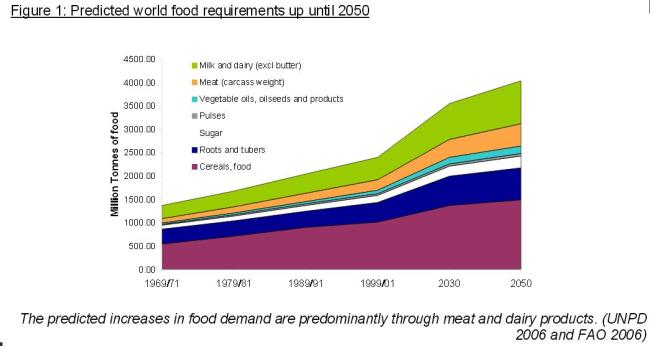
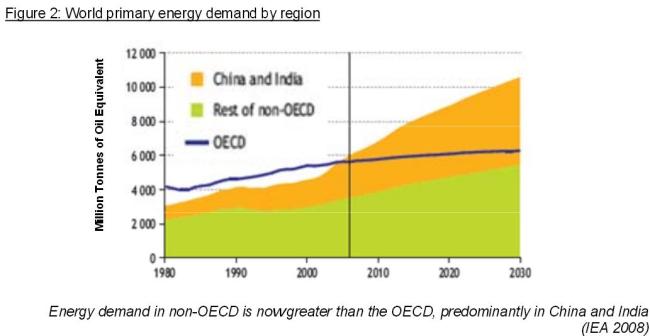
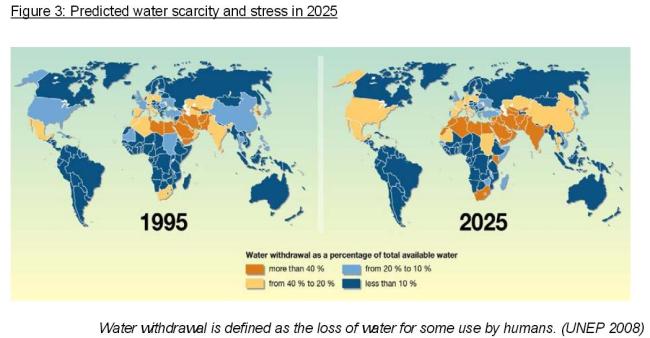
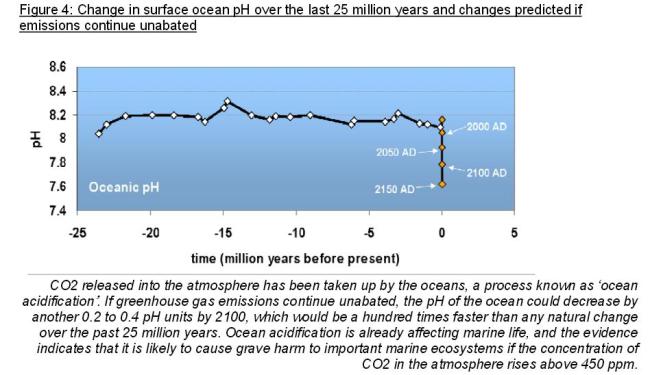
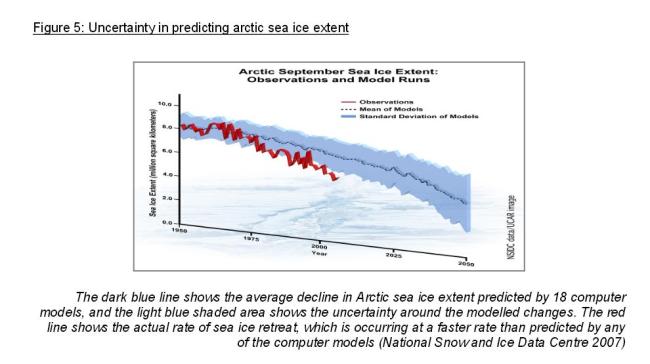
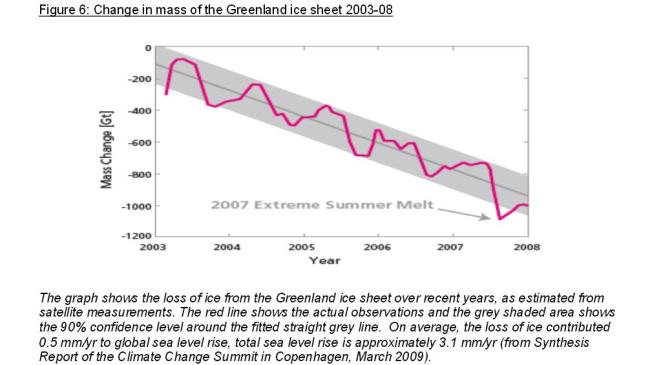
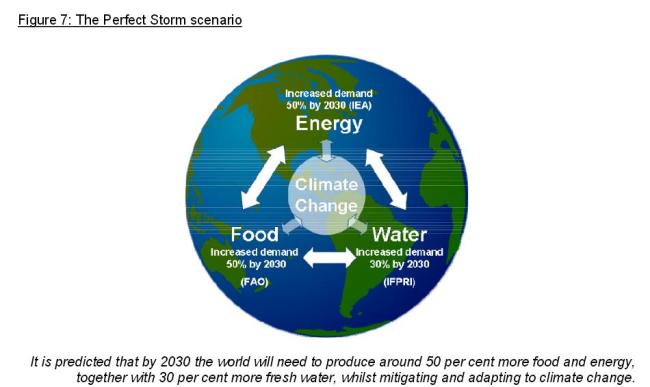
We’re a tiny island, you can’t camp anywhere in this country without the sight of yellow street lights on the horizon or the sound of traffic. Didn’t lt ever dawn on our political elites that open borders would mean more road congestion, NHS and welfare overstretch, housing shortages, Landfill problems, Pollution and emissions problems, cultural and ethnic divisions, food shortages, requirement for greater energy supplies.
Pingback: Peak Energy & Resources, Climate Change, and the Preservation of Knowledge